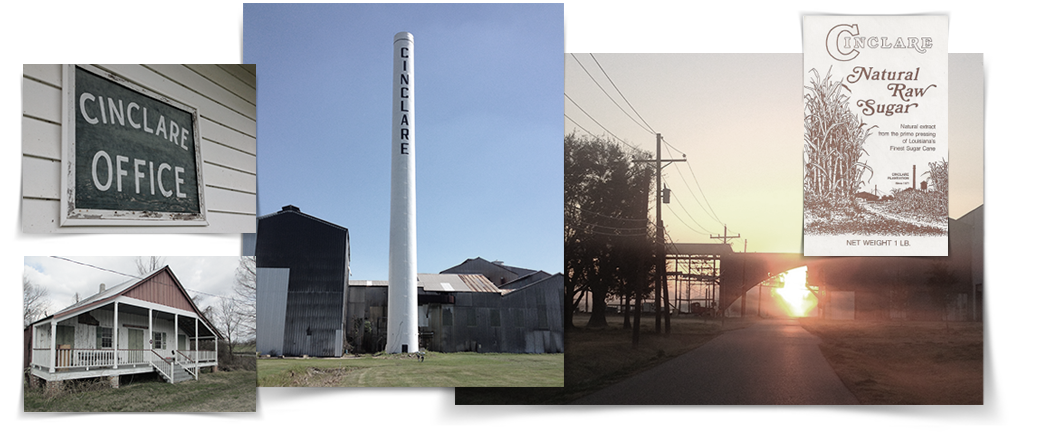
Cinclare


Recalling a storied past, revitalizing for a vibrant future…
Listed on the National Register of Historic Places, Cinclare Plantation’s origins date back to before the Civil War, when four separate farming tracts were purchased by Emile Trinidad and Thomas Mille, then consolidated into a single plantation which they named Marengo. Following the war, the sugar industry fell on difficult times, forcing Trinidad and Mille to sell the property. Purchased by Cincinnati businessman James H. Laws in 1878, Marengo was renamed Cinclare, in honor of Lafayette Cinclare Keever, Laws’ business partner and manager of the company’s New Orleans office at the time. Before the war, most sugar plantations had their own mills to extract raw sugar from the harvested cane. The raw sugar was then shipped to a refinery where it was turned into a table product. After the war, with shortages in labor and money, many of the small mills closed. Planters were forced to transport their sugar cane to distant plantations where larger mills continued to operate.
Having ready capital available and sensing an opportunity for growth, Laws initiated a period of expansion that resulted in Cinclare’s transformation into one of the major sugar mills in the area. The mill and surrounding property experienced continued growth during the first decades of the 20th century, with the old open kettle mill replaced with a more modern factory-style version. As demand for its services increased, CInclare evolved into more than just a mill and plantation. It became a self-sustaining “company town” – a community with houses for management and workers as well as numerous supporting buildings. At one point, Cinclare featured a hotel, a club house, a fire station complete with two fire wagons and volunteer fire department, a dairy, butcher shop, blacksmith shop, greenhouse and tennis courts – even its own narrow gauge train and railroad. Today, only a small number of these structures remain, each a testament to the site’s important and colorful past.
While the mill’s operations ended with the announcement of its eventual closure in 2005, James H. Laws’ legacy is about to experience an amazing renaissance. Under the guidance of the same 130 year-old company that bears his family name, the property undergoing a dramatic revitalization, re-imagined as a unique and innovative community for the 21st century. Reflecting its historic surroundings, the Stonewall Plantation Traditional Neighborhood Development will incorporate the best elements of contemporary living with an appreciation for the land, its bountiful resources and storied past.
